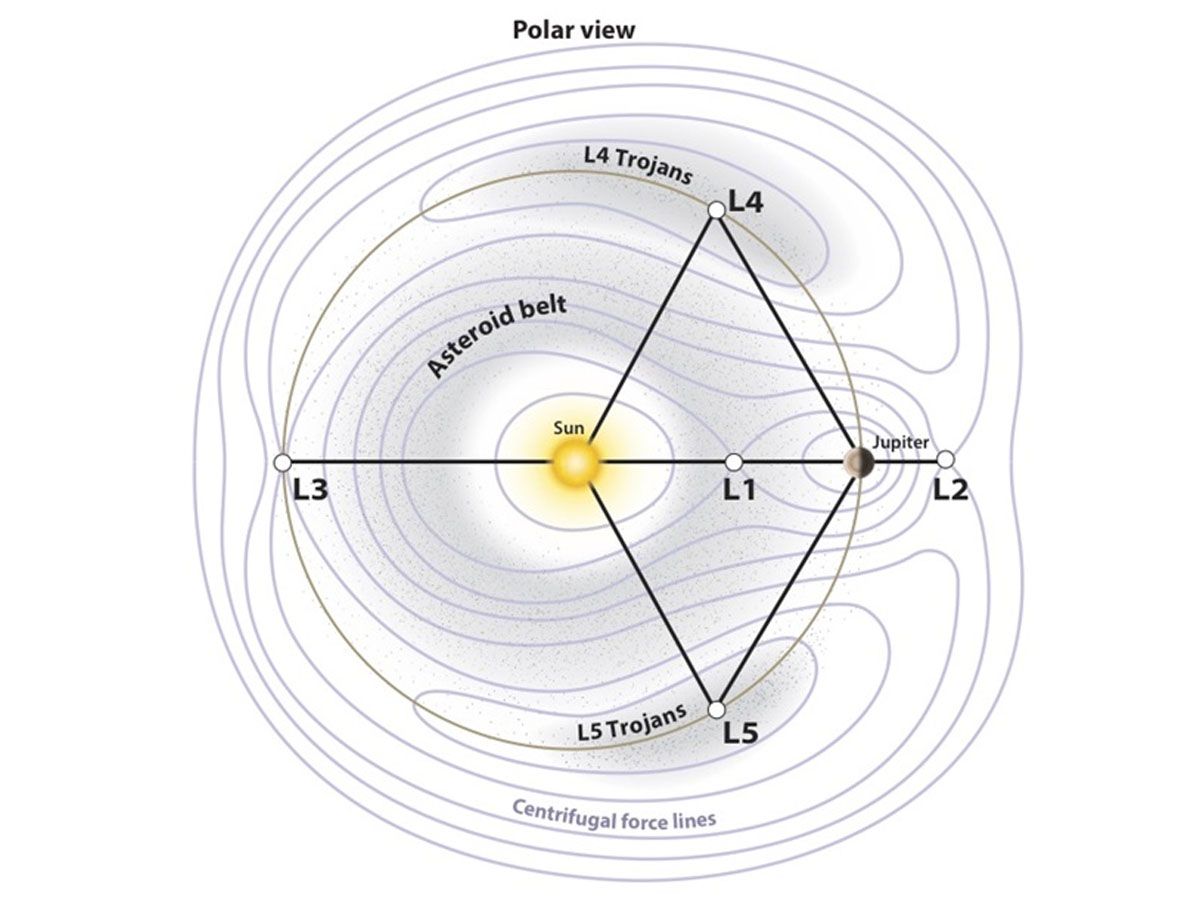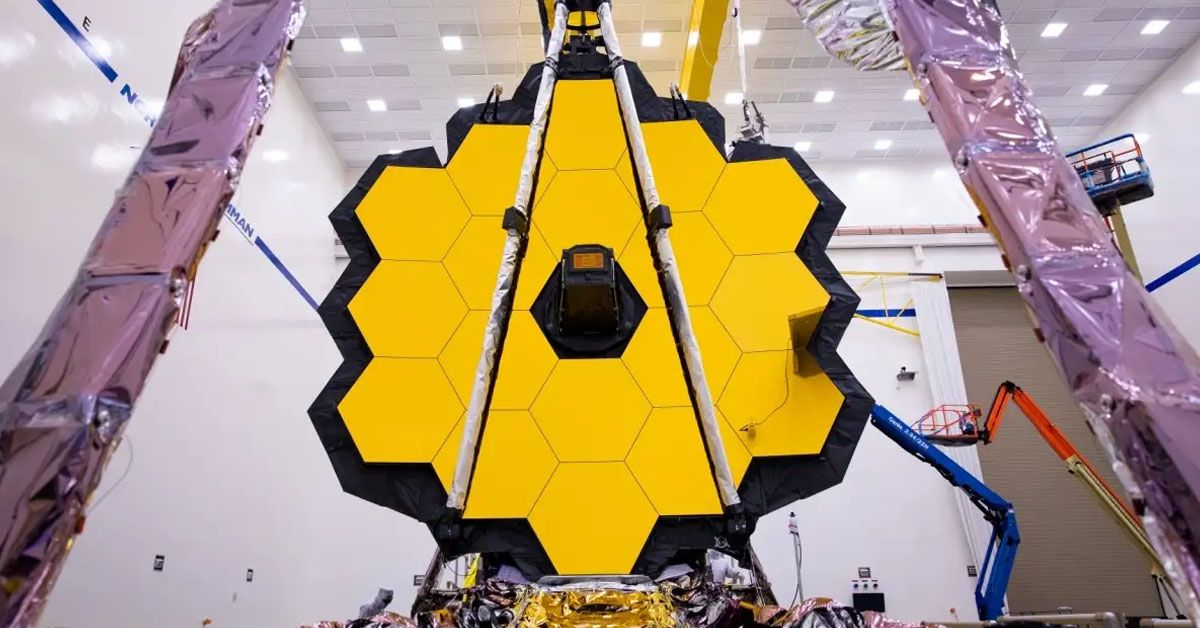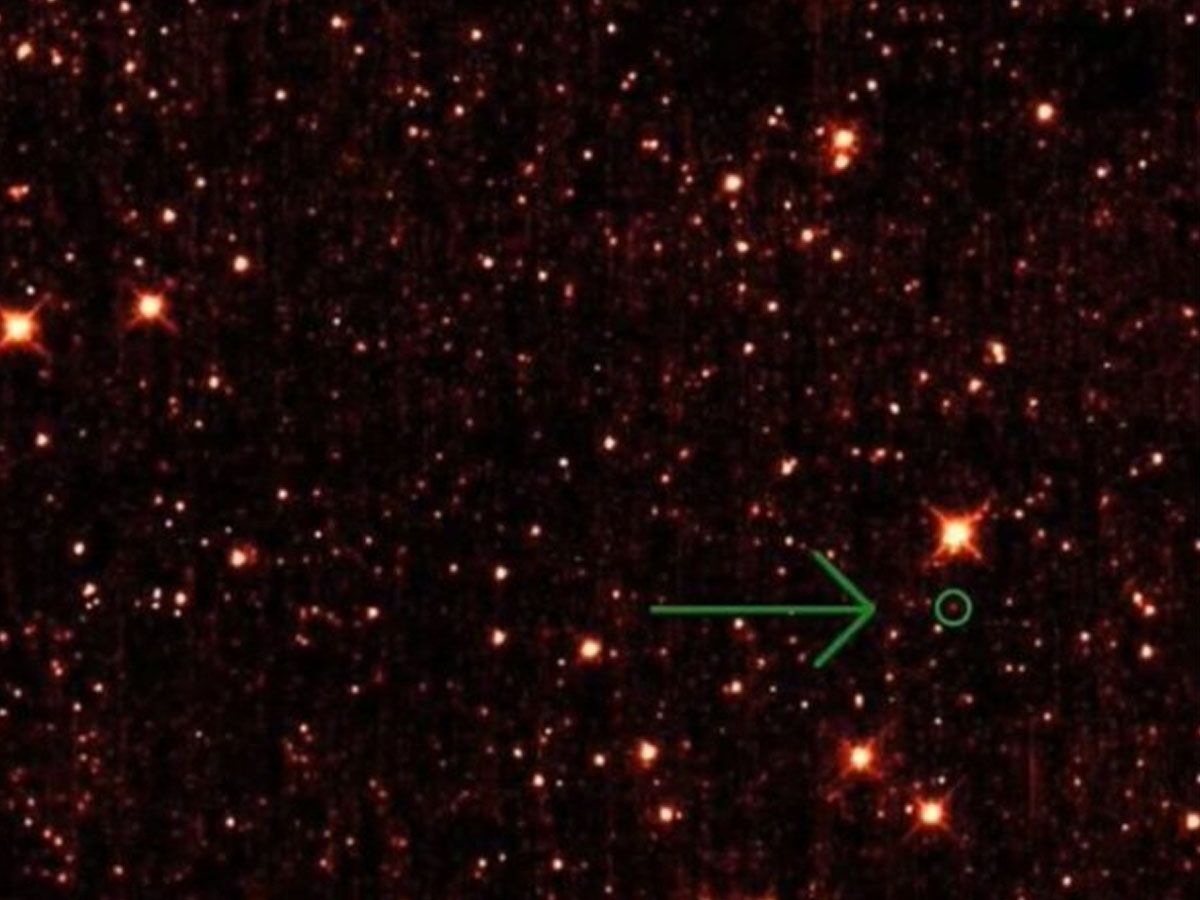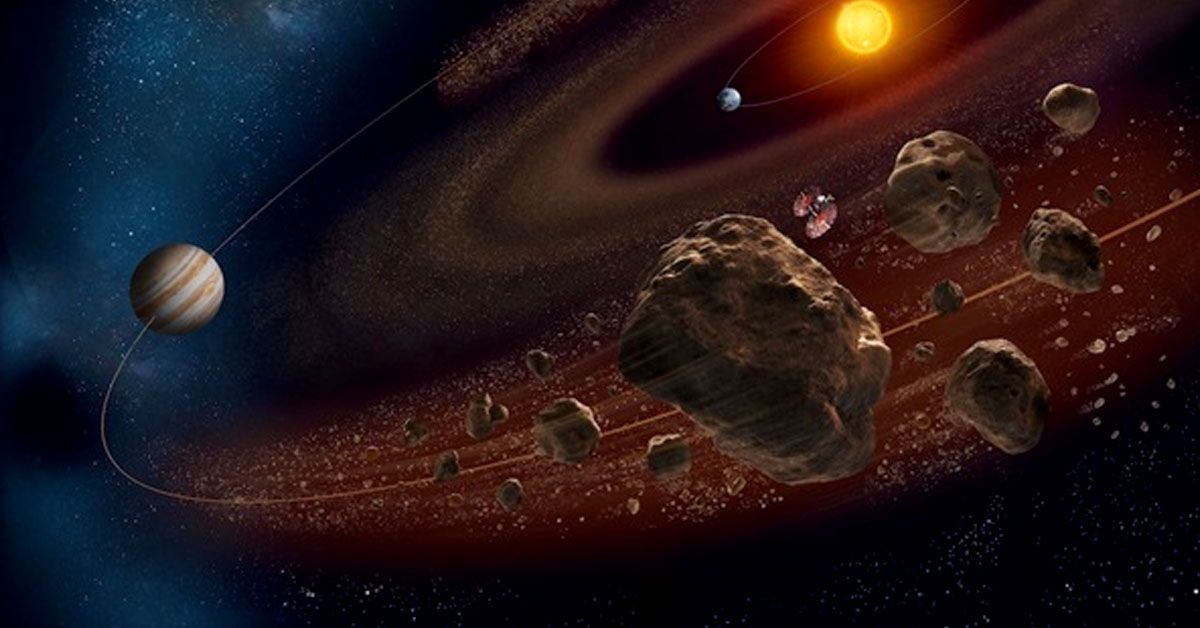Trojan asteroids are a fascinating group of celestial objects that share orbits with planets, maintaining a safe distance thanks to gravitational stability. These mysterious asteroids can be found in our Solar System, concentrated in regions around planets like Jupiter, Mars, and even Earth. As scientists strive to understand the formation and evolution of our Solar System, Trojan asteroids hold crucial clues to unlock its secrets.
Gravitational Stability and Shared Orbits
Trojan asteroids are fascinating celestial objects that coexist with planets in the same orbits without colliding with them. The secret behind this harmonious coexistence lies in the fact that these asteroids reside in stable regions of the orbit called Lagrange points. Specifically, Trojan asteroids are typically found near the L4 and L5 Lagrange points, which are located 60 degrees ahead of and behind the planet in its orbit, respectively.

Lagrange points are unique locations in a two-body system where the gravitational forces of both celestial bodies and the centripetal force acting on an object balance each other. This equilibrium ensures that a small object, such as an asteroid, remains in a stable position relative to the larger bodies. Consequently, Trojan asteroids can share an orbit with a planet without the risk of colliding, providing insight into the delicate balance of gravitational forces in our solar system.

Distribution of Trojan Asteroids in the Solar System
In the solar system, Trojan asteroids can be found in various regions, such as the Main Belt, Greek Field, and Trojan Field. The Main Belt is a vast region between Mars and Jupiter that primarily consists of numerous asteroids, including some Trojans. The Greek and Trojan fields, on the other hand, refer to the two distinct groups of Trojan asteroids sharing Jupiter's orbit. The Greek field, near the L4 Lagrange point, precedes Jupiter in its orbit, while the Trojan field, near the L5 Lagrange point, trails the gas giant.
Trojan asteroids have been discovered around other planets as well, both gas giants and rocky ones. However, Jupiter boasts the most substantial collection of Trojan asteroids, with over 9,000 identified to date. The immense gravity of Jupiter plays a crucial role in capturing and stabilizing these asteroids in its orbit.
The study of Jupiter's Trojan asteroids is of particular interest to astronomers and planetary scientists. These celestial bodies are believed to be remnants from the early solar system, and their pristine state offers valuable information about the formation and evolution of planets. By analyzing the composition and properties of Jupiter's Trojan asteroids, scientists can piece together the solar system's history and potentially uncover secrets about the origin of life on Earth.
Joseph-Louis Lagrange's Prediction
During the 18th century, a gifted mathematician and astronomer by the name of Joseph-Louis Lagrange put forth an extraordinary hypothesis concerning the presence of tiny celestial objects sharing orbits with planets.

Lagrange posited that these bodies could remain stable within particular zones of a planet's orbit, areas which are now referred to as Lagrange points. His groundbreaking ideas established the foundation for comprehending the gravitational stability of these space entities, although it would be over a hundred years before his prophetic insights were ultimately validated.
First Official Discovery - 588 Achilles
The first official discovery of a Trojan asteroid, 588 Achilles, took place in 1906, thanks to the efforts of German astronomer Max Wolf. This groundbreaking discovery sparked the interest of scientists around the world, leading to the identification of numerous other Trojan asteroids in the following years. Since then, thousands of these fascinating celestial objects have been cataloged, greatly expanding our knowledge of the solar system.

The naming convention for Trojan asteroids is strongly influenced by Greek and Roman mythology. These celestial objects are named after heroes and warriors from the legendary Trojan War, immortalized in Homer's epic poem, the Iliad. The convention honors the mythological connection, with asteroids in the Greek field named after Greek heroes and those in the Trojan field named after Trojan heroes. This cultural tie adds a layer of intrigue to the already fascinating world of Trojan asteroids, captivating the imaginations of scientists and the public alike.

Trojan Asteroids and the Formation of the Solar System
Studying Trojan asteroids holds immense importance for scientists seeking to understand the formation of our solar system. These celestial bodies provide a unique window into the early history of the solar system, as they have remained relatively unaltered since their formation. Their pristine nature allows researchers to delve into the building blocks and conditions present during the solar system's early stages.

The enduring stability of Trojan asteroids over billions of years further underscores their significance in the study of our cosmic neighborhood. As these objects have maintained their positions within the gravitational influence of planets, they offer valuable insights into the long-term evolution of planetary orbits and the broader dynamics of the solar system. In essence, examining Trojan asteroids serves as a crucial tool for unraveling the mysteries of our cosmic origins and the complex processes that shaped the solar system we observe today.
NASA's Lucy Mission - A New Era of Exploration
The Lucy mission marks a groundbreaking endeavor as the first mission designed to visit Trojan asteroids. Equipped with advanced onboard instruments and antennas, the Lucy spacecraft will investigate the properties and composition of these celestial bodies. The mission's launch window opened in October 2021, with various partners such as United Launch Alliance, Lockheed Martin, and Southwest Research Institute contributing to its success.
Lucy is set to explore a total of eight asteroids, including seven Trojan asteroids and one main belt asteroid. The mission aims to gather valuable data on the surface composition, geology, interior, and bulk properties of these targets. By studying these celestial bodies, scientists hope to gain a deeper understanding of the solar system's formation and the role of Trojan asteroids in its evolution.
Spanning a 12-year mission timeline, Lucy will embark on a series of flybys and encounters with its target asteroids. The spacecraft will utilize gravity-assist flybys of Earth to help propel it toward its final Trojan encounters. As it journeys through the solar system, Lucy will unlock new insights into the history and composition of Trojan asteroids, shedding light on their enduring stability and the processes that have shaped our cosmic environment.
As our exploration of these celestial objects advances through pioneering endeavors like NASA's Lucy mission, we not only decipher the enigmas of their development and equilibrium but also shed light on the astounding mechanisms that molded our astronomical surroundings. The investigation of Trojan asteroids exemplifies human inquisitiveness and our relentless quest for knowledge, encouraging us to venture beyond our limits and deepen our comprehension of the vast cosmos in which we reside.
Sources: astronomy.com / nasa.gov [1] [2] / swin.edu.au / asteroidday.org













